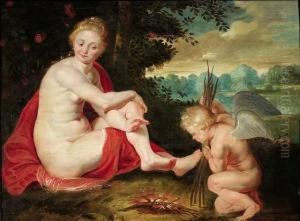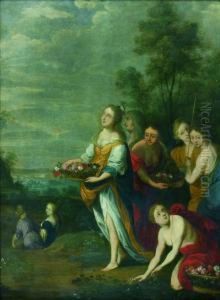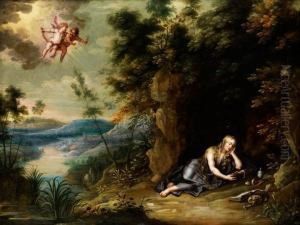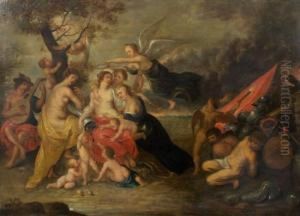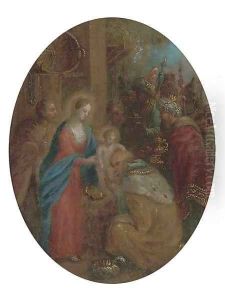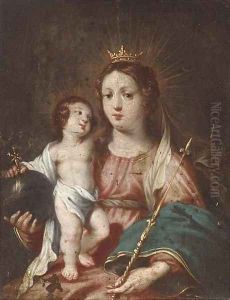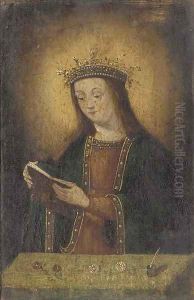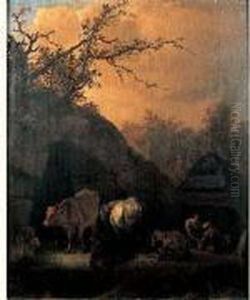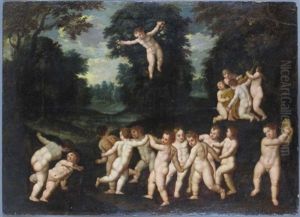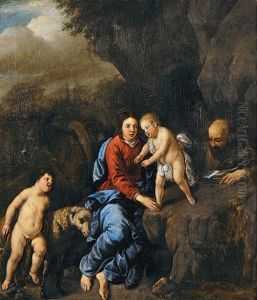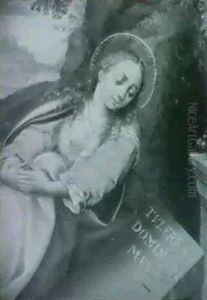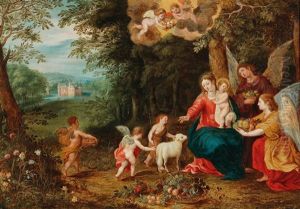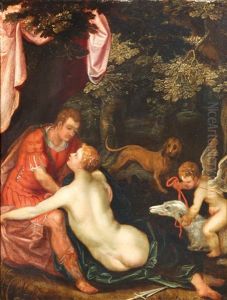Jan Van Balen Paintings
Jan van Balen was a Flemish Baroque painter born in Antwerp in 1611. He was part of a family of artists, being the son of the painter Hendrick van Balen and brother to Gaspard van Balen. Jan was known for his mythological and historical scenes, as well as his allegorical compositions. His style was heavily influenced by the prevalent Baroque aesthetic of the time, characterized by dynamic compositions, rich color palettes, and a skillful use of light and shadow.
Jan van Balen trained under his father, Hendrick, who was a successful painter in his own right and a contemporary of Peter Paul Rubens. The influence of Rubens is evident in Jan's work, particularly in his dynamic figures and elaborate compositions. After completing his training, Jan became a master in the Antwerp Guild of St. Luke in 1633. Like many artists of his time, he collaborated with other painters, including his father and his brother-in-law Theodoor van Thulden.
Despite the shadow cast by his father's success, Jan van Balen managed to acquire a reputation for his own work. His paintings often featured mythological and religious themes and were sought after by local patrons as well as clients abroad. Not much is known about his personal life, and his career was relatively short as he died at the age of 43 in 1654.
Unfortunately, due to the limited documentation, the details of Jan van Balen's life and works are not as well-known as those of some of his contemporaries. Nevertheless, his contributions to Flemish Baroque painting are recognized by art historians, and his works are still studied and appreciated for their artistic value and historical significance.





